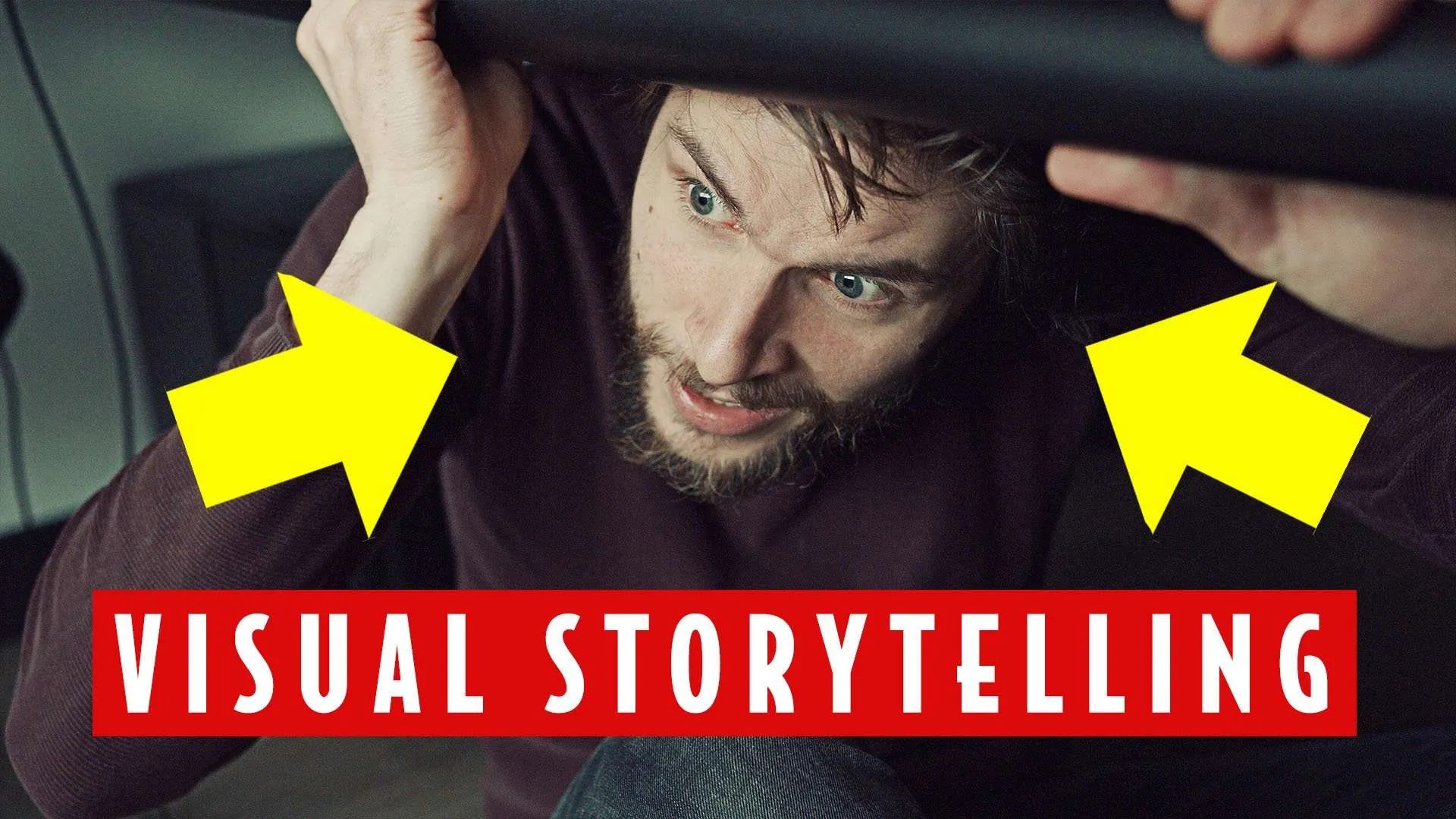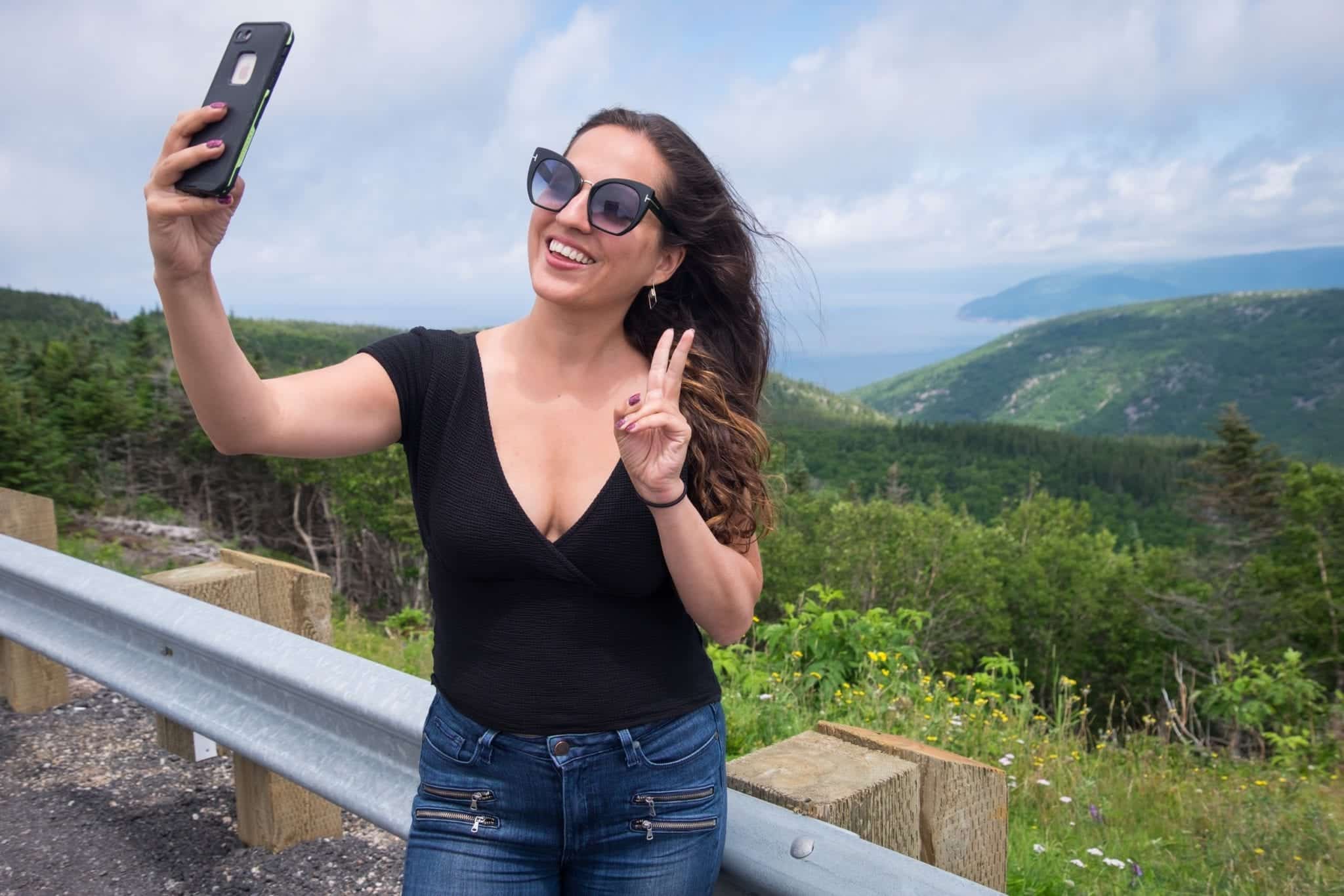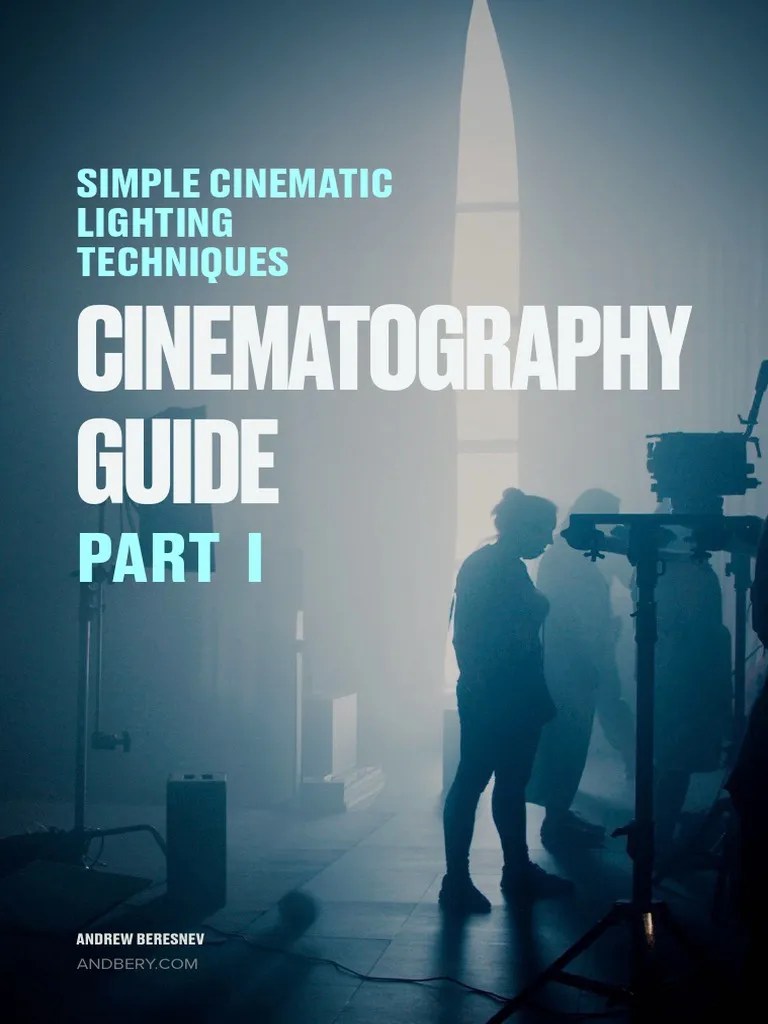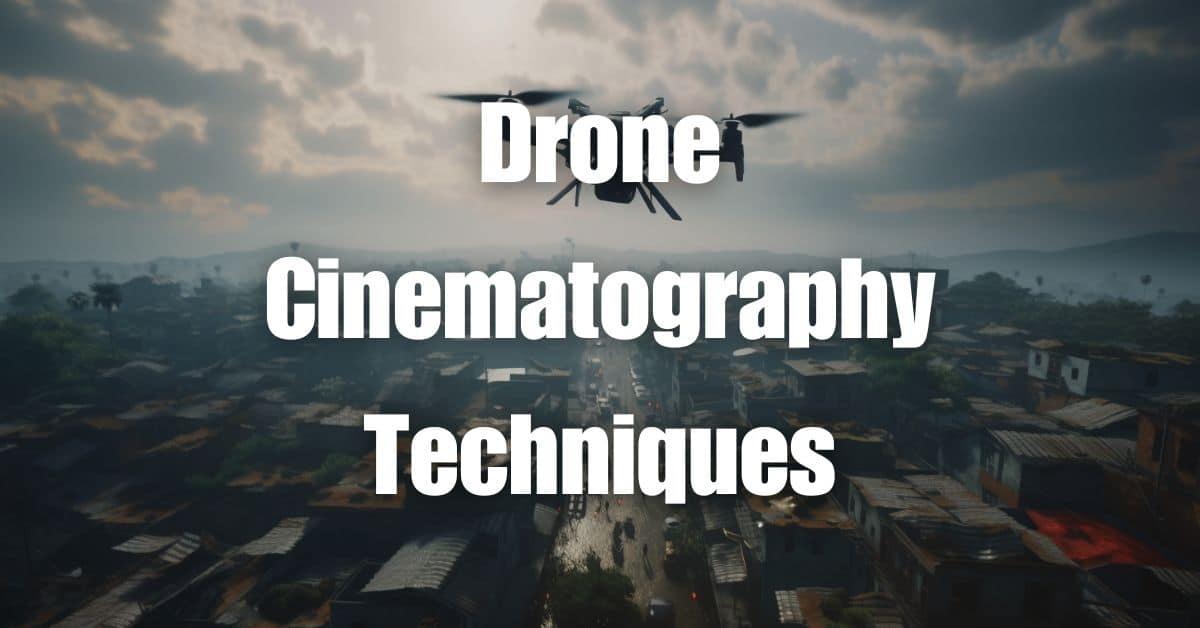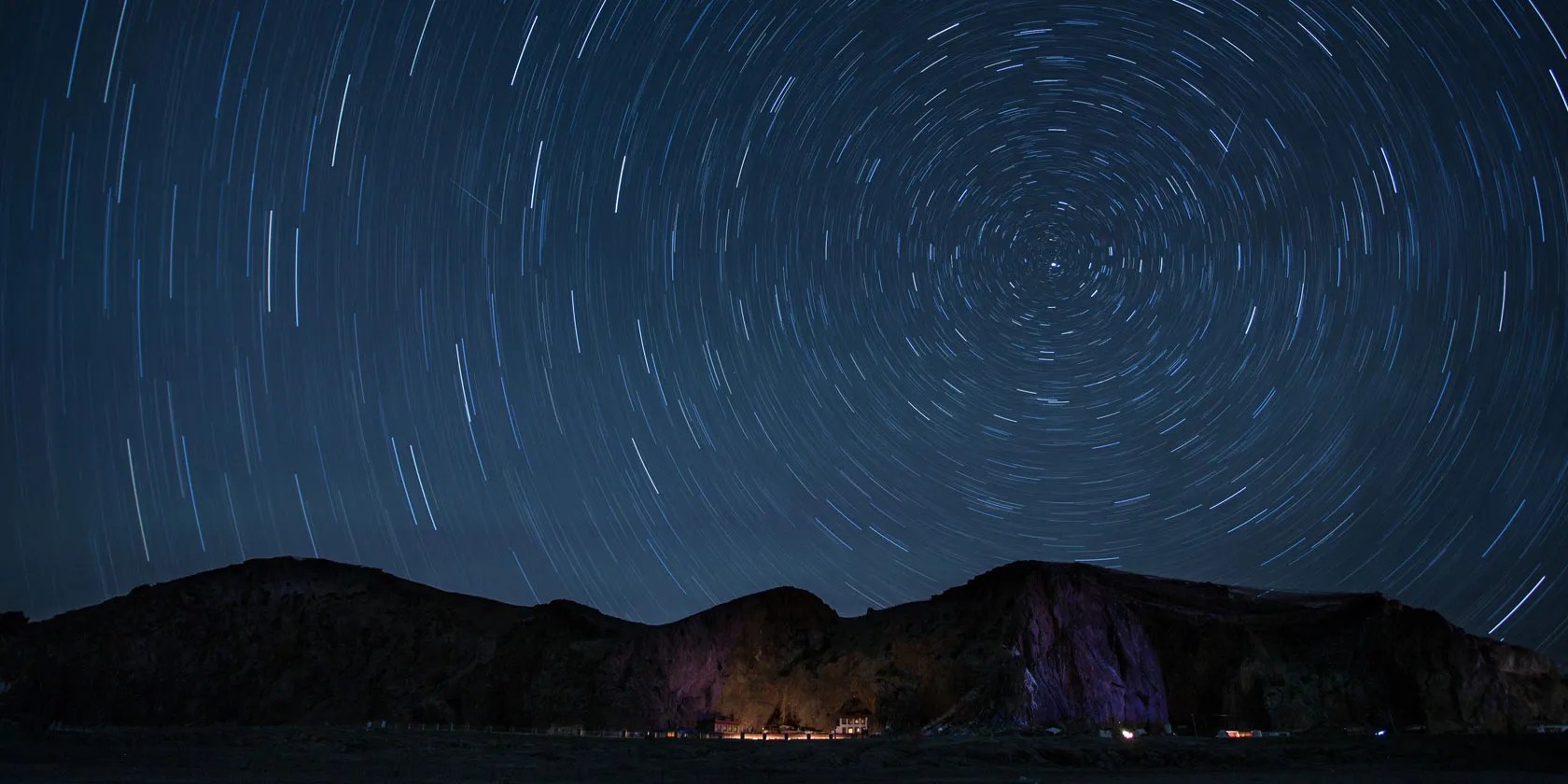“Crafting Cinematic Travel Photos: Tips, Editing Apps, and the Art of Storytelling
Related Articles Crafting Cinematic Travel Photos: Tips, Editing Apps, and the Art of Storytelling
- Unleashing Your Inner Explorer: Master Travel Photography And Vlogging
- 4K Travel Time-Lapse For Beginners: Capturing The World In Motion
- The Beginner Drone Travel Shots Checklist: How To Capture Stunning Aerial Footage
- Advanced Sunset Photography: Mastering The Golden Hour & Beyond
- GoPro Travel Techniques: Capturing Your Adventures In Stunning Detail
Introduction
Today, we’re excited to unravel an engaging topic: Crafting Cinematic Travel Photos: Tips, Editing Apps, and the Art of Storytelling. Let’s embark on this journey insights that inform, inspire, and open new perspectives for our readers.
Table of Content
Crafting Cinematic Travel Photos: Tips, Editing Apps, and the Art of Storytelling

In an era saturated with digital imagery, the quest to create photographs that stand out has never been more critical. Cinematic travel photography, with its focus on storytelling, mood, and visual impact, offers a powerful way to capture the essence of a place and transport viewers to another world. This article explores the key elements of cinematic travel photography, offering practical tips, recommended editing apps, and insights into how to transform your travel snapshots into captivating visual narratives.
What is Cinematic Travel Photography?
Cinematic travel photography goes beyond simply documenting a location. It aims to evoke emotions, tell a story, and create a sense of immersion, much like a scene from a film. Key characteristics include:
- Emphasis on Mood and Atmosphere: Lighting, color grading, and composition are carefully manipulated to create a specific feeling.
- Storytelling: Each image should hint at a narrative, inviting viewers to imagine the context and characters within the scene.
- Dramatic Composition: Wide-angle shots, leading lines, and the use of foreground elements help to create depth and visual interest.
- Selective Focus: Drawing attention to specific subjects or details while blurring the background (bokeh) adds a sense of depth and cinematic flair.
- Color Grading: Specific color palettes are used to enhance the mood and create a consistent visual style.
- Aspect Ratio: Using a wider aspect ratio (e.g., 2.39:1) can mimic the look of widescreen cinema.
Essential Tips for Cinematic Travel Photography
-
Master the Art of Composition:
- Rule of Thirds: Divide your frame into nine equal parts with two horizontal and two vertical lines. Place key elements along these lines or at their intersections to create a balanced and visually appealing composition.
- Leading Lines: Use natural or architectural lines to guide the viewer’s eye towards the main subject. Roads, rivers, fences, and even shadows can serve as effective leading lines.
- Framing: Use elements within the scene, such as arches, trees, or windows, to frame your subject and add depth to the image.
- Foreground Elements: Include interesting objects or textures in the foreground to create a sense of depth and draw the viewer into the scene.
-
Harness the Power of Light:
- Golden Hour: Shoot during the hour after sunrise and the hour before sunset for warm, soft light that adds a magical quality to your photos.
- Blue Hour: Capture the cool, atmospheric light during the hour after sunset and the hour before sunrise. This light is perfect for cityscapes and landscapes with water.
- Diffused Light: On overcast days, the soft, diffused light can be ideal for portraits and capturing details without harsh shadows.
- Backlighting: Position your subject in front of a light source to create silhouettes or add a dreamy, ethereal glow.
- Pay attention to shadows and highlights: Shadows add depth and contrast, while highlights draw attention to important details.
-
Embrace the Power of Color:
- Color Harmony: Use complementary colors (e.g., blue and orange, red and green) to create visual contrast and make your photos more dynamic.
- Color Temperature: Adjust the white balance to create a warm or cool tone, depending on the mood you want to convey.
- Monochromatic: Shooting in black and white can create a timeless, cinematic look, emphasizing textures and shapes.
-
Tell a Story:
- Capture Authentic Moments: Look for candid interactions, genuine emotions, and everyday scenes that reveal the character of a place.
- Include People: Adding human elements to your photos can create a sense of scale and connection, making the scene more relatable.
- Focus on Details: Capture small details that tell a larger story, such as a worn-out sign, a weathered face, or a traditional craft.
-
Experiment with Perspective:
- Low Angles: Shooting from a low angle can make your subject appear larger and more imposing, creating a sense of drama.
- High Angles: Shooting from a high angle can provide a unique perspective on a scene, revealing patterns and relationships that might not be visible from ground level.
- Wide-Angle Lenses: Use a wide-angle lens to capture expansive landscapes and create a sense of immersion.
- Telephoto Lenses: Use a telephoto lens to compress the scene and isolate your subject, creating a sense of intimacy.
Top Editing Apps for Cinematic Travel Photos
Post-processing is essential for achieving the cinematic look. Here are some of the best apps for editing travel photos on your smartphone or tablet:
-
Adobe Lightroom Mobile/Desktop:
- Features: Comprehensive editing tools, including exposure, contrast, highlights, shadows, white balance, color grading, selective adjustments, and preset support.
- Why it’s great: Offers precise control over every aspect of your image, allowing you to create custom color grades and achieve a consistent visual style. The mobile version syncs seamlessly with the desktop version, allowing you to edit on the go.
- Cinematic Focus: Excellent for color grading, creating film-like grain, and adjusting tonal ranges to achieve a specific mood.
-
VSCO:
- Features: Wide range of film-inspired presets, advanced editing tools, and a social platform for sharing your work.
- Why it’s great: Offers a curated selection of presets that mimic the look of classic film stocks, making it easy to create a vintage or cinematic feel.
- Cinematic Focus: Known for its subtle and nuanced presets that enhance the natural beauty of your photos without making them look overly processed.
-
Snapseed (Google):
- Features: Powerful and free editing app with a wide range of tools, including healing brush, selective adjustments, perspective correction, and HDR scape.
- Why it’s great: Offers a user-friendly interface and a range of advanced tools that are easy to use, even for beginners.
- Cinematic Focus: Excellent for making local adjustments, enhancing details, and creating a dramatic look.
-
Darkroom:
- Features: Non-destructive editing, advanced color controls, batch processing, and support for RAW files.
- Why it’s great: Offers a clean and intuitive interface, making it easy to edit your photos quickly and efficiently.
- Cinematic Focus: Powerful color editing tools allow you to create custom color grades and achieve a specific mood.
-
Tezza:
- Features: Trendy filters and effects, including vintage textures, light leaks, and color washes.
- Why it’s great: Offers a range of unique and stylish filters that can add a distinctive look to your photos.
- Cinematic Focus: Ideal for creating a retro or vintage aesthetic.
-
Afterlight:
- Features: Versatile editing tools, including filters, textures, frames, and light leaks.
- Why it’s great: Offers a wide range of creative options, allowing you to experiment with different styles and effects.
- Cinematic Focus: Good for adding subtle textures and light leaks to create a film-like feel.
Editing Techniques for a Cinematic Look
-
Color Grading:
- Choose a Color Palette: Decide on a color palette that complements the mood you want to create. For example, warm tones (yellows, oranges, reds) can create a sense of nostalgia or adventure, while cool tones (blues, greens, purples) can evoke a sense of mystery or tranquility.
- Adjust Hue, Saturation, and Luminance (HSL): Use the HSL sliders to fine-tune the colors in your image. Reduce the saturation of certain colors to create a more muted and cinematic look.
- Split Toning: Use split toning to add different colors to the highlights and shadows of your image. For example, adding a warm tone to the highlights and a cool tone to the shadows can create a sense of depth and contrast.
-
Tonal Adjustments:
- Contrast: Adjust the contrast to create a sense of drama and depth. A slight increase in contrast can make your image more visually appealing, but be careful not to overdo it.
- Highlights and Shadows: Adjust the highlights and shadows to bring out details in the bright and dark areas of your image. Lowering the highlights can prevent blown-out areas, while raising the shadows can reveal hidden details.
- Whites and Blacks: Adjust the whites and blacks to set the overall tone of your image. Increasing the whites can make your image brighter and more airy, while decreasing the blacks can create a moodier and more dramatic look.
-
Add Film Grain:
- Subtle Grain: Adding a subtle amount of film grain can give your photos a more organic and film-like feel. Avoid adding too much grain, as it can make your image look noisy and distracting.
-
Vignetting:
- Subtle Vignette: Adding a subtle vignette (darkening the edges of the image) can draw the viewer’s eye towards the center of the frame and create a sense of depth.
-
Sharpening:
- Selective Sharpening: Sharpening your image can enhance details and make it appear more crisp. Be careful not to over-sharpen, as it can create unwanted artifacts.
Examples of Cinematic Travel Photography Styles
- Nostalgic: Warm tones, muted colors, film grain, and vintage textures create a sense of nostalgia and timelessness.
- Moody: Dark tones, high contrast, and dramatic lighting create a sense of mystery and intrigue.
- Epic: Wide-angle shots, vibrant colors, and expansive landscapes create a sense of awe and wonder.
- Minimalist: Clean lines, simple compositions, and muted colors create a sense of calm and serenity.
Conclusion
Cinematic travel photography is a powerful way to capture the essence of a place and share your experiences with the world. By mastering the art of composition, harnessing the power of light, and using the right editing apps, you can transform your travel snapshots into captivating visual narratives that transport viewers to another world. Experiment with different styles, find your unique voice, and let your creativity guide you on your photographic journey.
